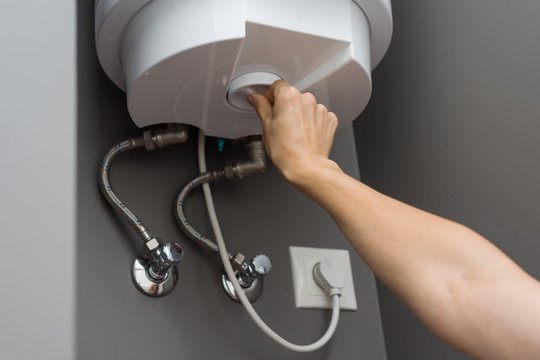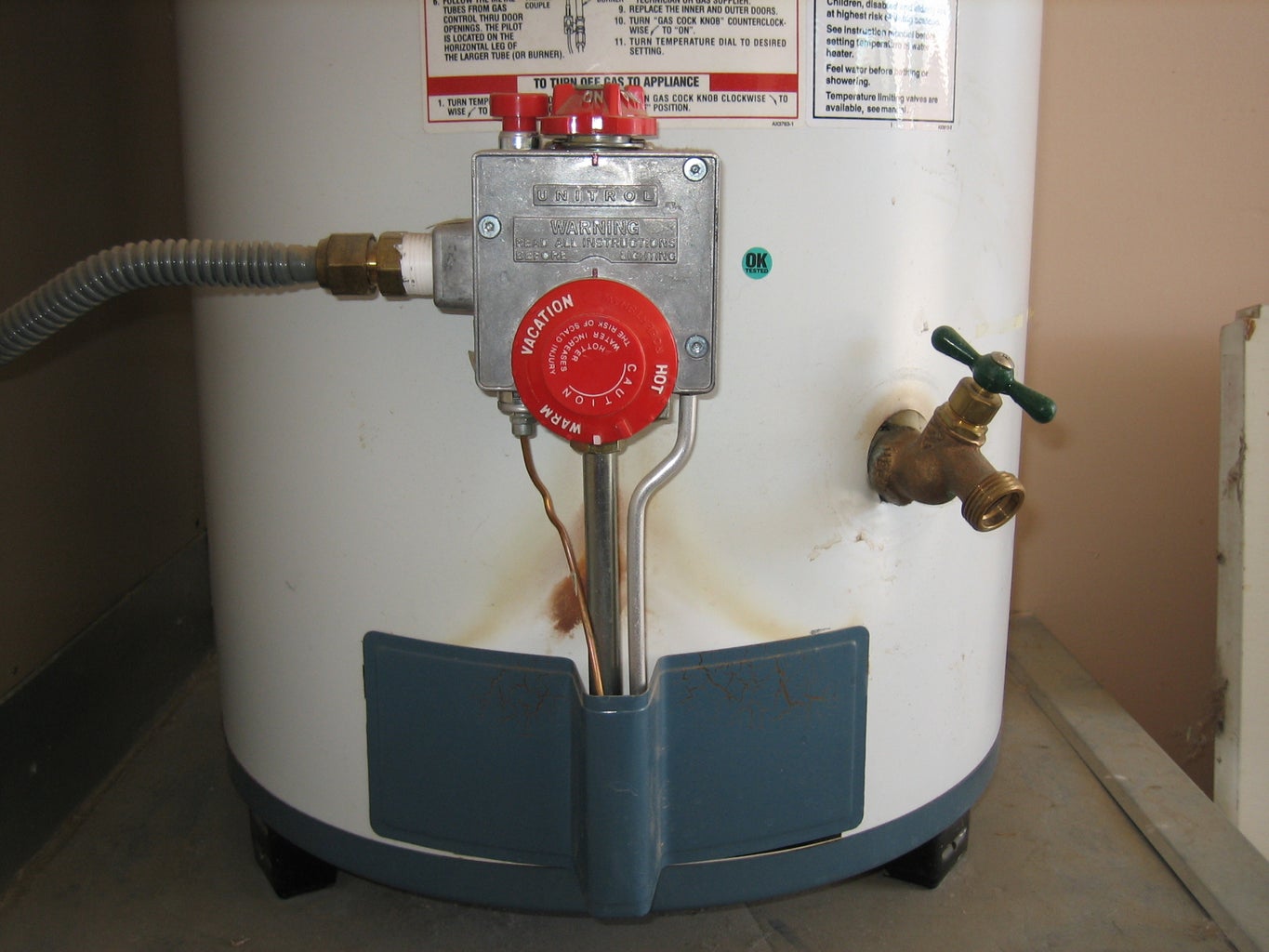Easy Methods to Care for Your Home's Hot Water System EffectivelyHow to Maintain Your Home's Hot Water System Functioning Well
Easy Methods to Care for Your Home's Hot Water System EffectivelyHow to Maintain Your Home's Hot Water System Functioning Well
Blog Article
The publisher is making a number of great pointers relating to How to Maintain Your Water Heater & Prolong its Life as a whole in this article further down.

Hot water is essential for day-to-day convenience, whether it's for a rejuvenating shower or washing recipes. To guarantee your hot water system runs efficiently and lasts much longer, regular upkeep is vital. This post offers sensible suggestions and understandings on just how to preserve your home's hot water system to stay clear of interruptions and pricey repair services.
Introduction
Keeping your home's warm water system might appear complicated, yet with a couple of easy steps, you can ensure it operates efficiently for many years ahead. This overview covers everything from recognizing your warm water system to DIY upkeep suggestions and recognizing when to hire specialist assistance.
Importance of Keeping Your Hot Water System
Normal maintenance not just expands the lifespan of your warm water system but additionally ensures it runs efficiently. Disregarding maintenance can cause reduced efficiency, greater energy expenses, and also premature failure of the system.
Indicators Your Hot Water System Demands Maintenance
Understanding when your warm water system needs focus can protect against major concerns. Look out for indicators such as irregular water temperature level, unusual sounds from the heater, or rustic water.
Recognizing Your Warm Water System
Before diving into upkeep jobs, it's useful to recognize the basic elements of your warm water system. Typically, this consists of the hot water heater itself, pipes, anode rods, and temperature level controls.
Month-to-month Maintenance Tasks
Routine month-to-month checks can help catch minor concerns prior to they rise.
Flushing the Water Heater
Flushing your water heater removes sediment accumulation, enhancing efficiency and prolonging its life.
Checking and Replacing Anode Rods
Anode rods prevent corrosion inside the tank. Evaluating and changing them when worn is important.
Checking and Changing Temperature Level Setups
Changing the temperature settings guarantees ideal efficiency and safety and security.
Do It Yourself Tips for Upkeep
You can do a number of upkeep jobs on your own to maintain your warm water system in leading problem.
Looking for Leakages
Routinely examine pipes and links for leakages, as these can cause water damage and higher bills.
Evaluating Pressure Relief Valves
Checking the pressure relief valve guarantees it operates appropriately and protects against too much stress build-up.
Shielding Pipelines
Shielding warm water pipelines reduces heat loss and can save energy.
When to Call a Specialist
While do it yourself maintenance is beneficial, some issues require professional proficiency.
Facility Concerns Needing Professional Aid
Instances consist of significant leaks, electrical problems, or if your hot water heater is continually underperforming.
Regular Specialist Maintenance Conveniences
Specialist upkeep can include extensive inspections, tune-ups, and making sure compliance with safety criteria.
Verdict
Routine maintenance of your home's warm water system is vital for efficiency, longevity, and price financial savings. By complying with these ideas and understanding when to seek specialist aid, you can guarantee a dependable supply of hot water without unanticipated interruptions.
Water Heater Maintenance: The Basics
Maintaining your water heater will ensure it operates efficiently and has a longer lifespan. Neglecting regular maintenance can lead to costly repairs and an even bigger chunk of your savings if you have to replace it sooner than necessary. But there’s good news: Most water heater maintenance tasks are relatively simple and easy for homeowners with basic DIY skills.
Flush the Water Heater
Over time, sediment and minerals can build up in the tank, reducing its efficiency and potentially causing damage. To flush the tank, turn off the power or gas supply, attach a hose to the drain valve near the bottom and open the valve to drain the water until it runs clear. Ideally, flush the tank annually.
Replace the Anode Rod
The anode rod is a sacrificial metal rod that helps prevent corrosion inside the tank. Inspect and replace it every three to five years or per the manufacturer's recommendation. To replace the anode rod, turn off the power or gas supply, drain a few gallons of water from the tank, unscrew the old rod and replace it with a new one. If the anode rod is significantly corroded or covered in calcium buildup, it's a sign the water heater may need to be replaced soon.
Tune-Up
A yearly tune-up can help identify potential issues and ensure your water heater operates at peak efficiency. This typically involves checking the thermostat, burner assembly (for gas heaters) and any other components specified by the manufacturer. During a tune-up, the technician may also clean the burner and adjust the pilot light (for gas heaters) or examine the heating elements (for electric heaters).
How to Maintain Your Water Heater
Insulate the tank. Insulating the tank can improve energy efficiency and reduce heat loss, saving you money on energy bills. You can purchase precut insulation blankets designed specifically for water heaters or use standard fiberglass insulation wrapped securely around the tank. Check the temperature. The recommended water temperature for most households is around 120 degrees Fahrenheit (49 degrees Celsius). Higher temperatures can increase energy costs and potentially cause scalding. Use a kitchen thermometer to check the temperature at the faucet nearest the water heater. Monitor water pressure. Excessive water pressure can strain the water heater and cause leaks or even tank failure. Install a pressure-reducing valve if necessary. The ideal water pressure range is between 60 and 70 PSI (pounds per square inch). Test the temperature and pressure (T&P) relief valve. The T&P relief valve is a safety feature that releases pressure if the tank gets too hot or the pressure builds up too high. Test it annually by lifting the lever and allowing a small amount of water to release. Replace the valve if it doesn't release water or reseal properly. Check for leaks. Regularly inspect the tank, pipes and fittings for leaks or corrosion. Deal with issues promptly to prevent further damage. Even a small leak can lead to significant water damage over time. Consider a tankless water heater. If your traditional tank-style water heater is nearing the end of its lifespan ( typically 10 years), consider replacing it with a tankless water heater. These units heat water on demand, reducing standby energy losses and potentially saving you money on your energy bills. Schedule professional maintenance. While homeowners can perform many water heater maintenance tasks, it's still a good idea to schedule professional maintenance every few years. A plumber or HVAC technician can thoroughly inspect the unit, identify potential issues and ensure it operates safely and efficiently. https://www.homeserve.com/en-us/blog/home-improvement/hot-water-heater-maintanence/

Do you like reading up on Water Heater Maintenance Tips You Can't Afford to Forget? Place a remark further down. We would be glad to find out your responses about this write up. We hope to see you back again in the near future. Feel free to take the time to promote this content if you enjoyed reading it. We enjoy reading our article about Tips For Maintaining Your Hot Water Heater.
Book Report this page